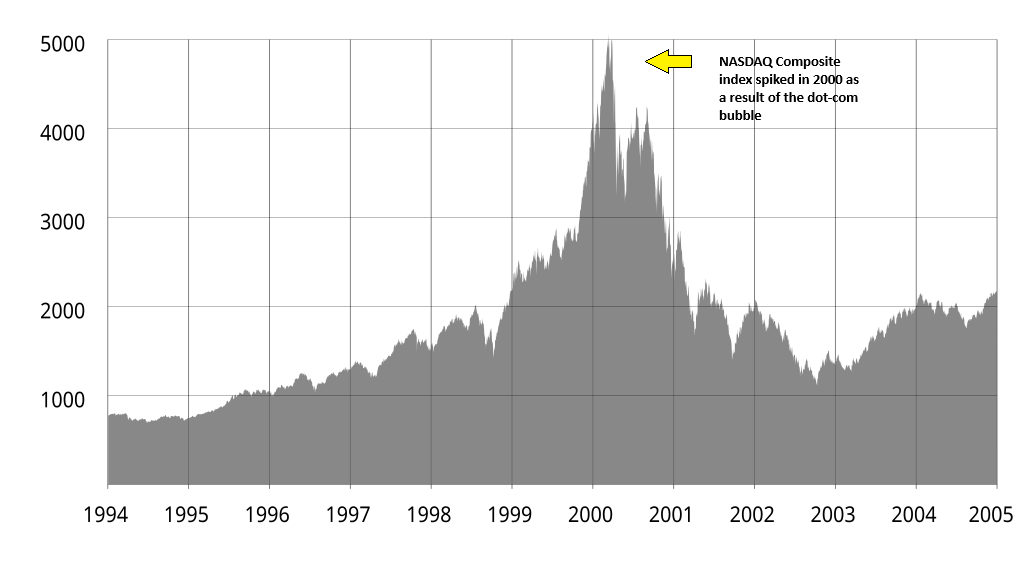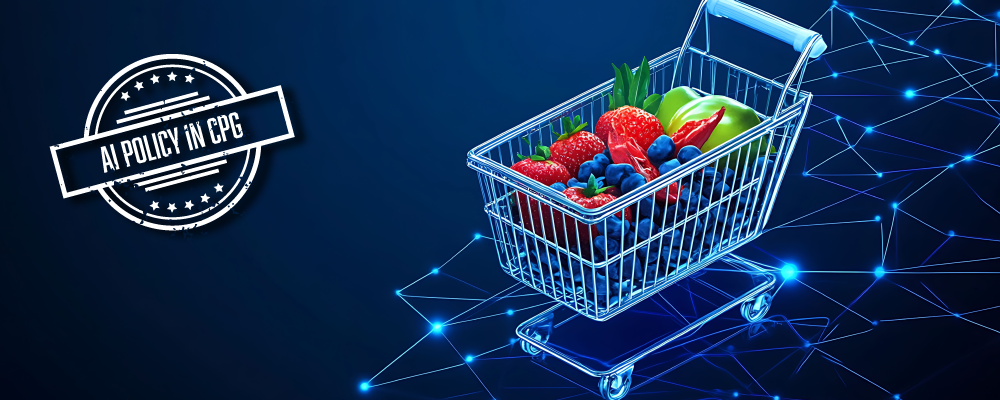

As investment and interest in artificial intelligence (AI) reach unprecedented heights, comparisons to the dot-com bubble of the late 1990s have become increasingly common. Both eras represent moments of intense technological optimism, speculation, and disruption. But while there are clear parallels, there are also crucial differences that suggest AI may not just be another bubble—it may be the foundation for a much deeper transformation.
Parallels: Hype, Investment, and Velocity
The most obvious similarity is the sheer momentum behind AI. Billions of dollars are flowing into startups and research labs, often at valuations disconnected from present-day revenues. Like the internet during its early boom, AI is widely perceived as a revolutionary force destined to reshape every industry—from healthcare and manufacturing to education and finance.
We also see a familiar pattern of buzzword inflation. In the 1990s, companies could raise capital simply by adding “.com†to their names. Today, the inclusion of “AI-powered,†“generative,†or “LLM-enabled†can have a similar effect. The race to be seen as an AI leader has created a gold rush dynamic, sometimes prioritizing marketing over substance.
Talent wars are back as well. Top AI researchers are being offered salaries rivaling professional athletes, and companies are assembling AI teams at a breakneck pace, often without a fully formed strategy. Meanwhile, headlines promise seismic change: the end of human labor, sentient machines, and trillion-dollar productivity gains. The rhetoric is powerful—but often speculative.

Despite these echoes of the dot-com era, several critical differences distinguish the current AI wave:
1. Technological Readiness
The infrastructure underpinning AI—cloud computing, high-performance GPUs, mature programming languages, and massive datasets—is far more robust than the early internet. Unlike many dot-com businesses built on fragile or undeveloped tech stacks, today’s AI models are already capable of producing tangible results.
2. Proven Business Applications
While many internet startups in the 1990s struggled to find viable revenue models, AI is already delivering value across industries. Companies are using AI for fraud detection, process automation, predictive maintenance, content generation, drug discovery, and customer service enhancement—with measurable ROI.
3. Established Industry Backers
During the dot-com era, startups were the dominant players. In contrast, today’s AI ecosystem is heavily influenced by major incumbents such as Google, Microsoft, Amazon, Meta, and Nvidia. These companies bring not only deep pockets but also massive distribution platforms, helping to scale AI faster than early internet applications could.
4. Wider Societal Impact
Perhaps most significantly, AI is not just a business tool—it’s a societal force. It’s influencing labor markets, raising ethical dilemmas, reshaping education, and prompting urgent debates on governance, bias, and data privacy. The implications stretch well beyond commerce and productivity into the realm of civic life and democratic norms.
Still, a dose of caution is warranted. Just as many internet startups collapsed after the bubble burst, some AI ventures will inevitably fail. Valuations will be corrected. Overhyped use cases will fall short. The challenge is to distinguish short-term speculation from long-term value creation.
History suggests that foundational technologies often experience an initial phase of overexcitement, followed by a correction—and then a sustained period of transformative growth. The internet, mobile phones, and cloud computing all followed this trajectory. AI appears to be on a similar path, albeit at a faster pace.
Yes—and no.
Like the dot-com era, the current AI moment is marked by hype, inflated expectations, and uneven understanding. But unlike many of the technologies behind the internet bubble, AI is already producing real-world impact. The tools work. The capabilities are expanding rapidly. And the stakes—for business, for society, and for humanity—are higher than ever.
Rather than asking whether AI is a bubble, the more productive question is this: How do we navigate this era wisely? That means investing with discernment, regulating with foresight, and building with purpose.
If we can do that, AI may not just echo the past—it may redefine the future!

.png)
